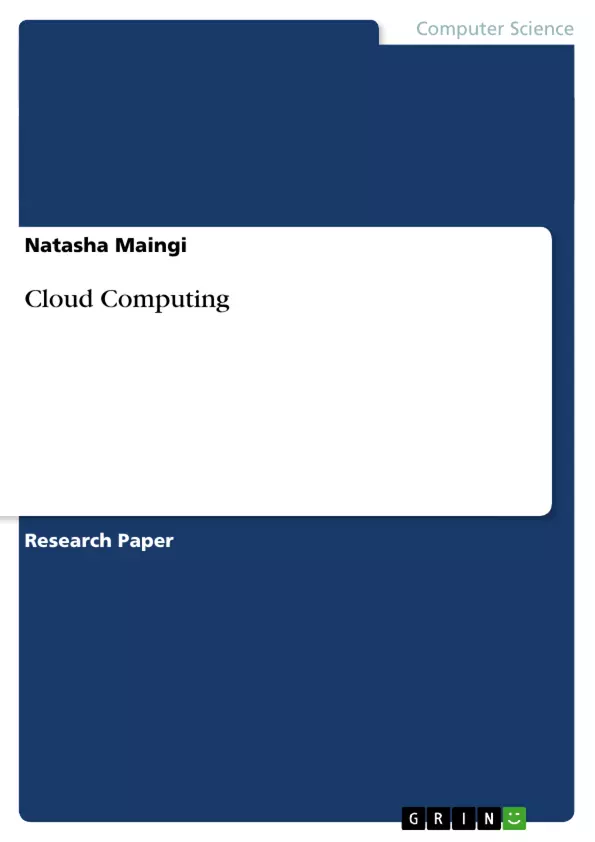Computers have increasingly become the central tool for information management for governments, corporations, non-profit organizations and individuals around the globe. The emergence of the internet has only solidified this fact even more. As computers have acquired this significant and dominant role in the affairs of mankind, a plethora and wide-array of advancements in computer technology has naturally occurred. Relatively recent hardware innovations have brought the world tablet PCs, transformer pads, smartphones with extraordinary computing capabilities, and desktop PCs with unprecedented storage and processing speeds. The realm of software development has produced countless pieces of software which cover an exceedingly wide range of functions. Even so, neither software, nor hardware alone stands as the most cutting edge computing tool. Interestingly enough, it is a marriage between the two that has become the single most ground-breaking revolution in current computing. It is known as cloud computing. Although cloud computing has various security-based disadvantages which must be addressed by cloud providers as well as consumers, the solution to these disadvantages, as well as the benefits of employing cloud computing in general, greatly outweigh the disadvantages. While the notion of cloud computing has arguably been around as long as the idea of the internet itself, cloud computing as it is understood today got its kick start with companies such as Salesforce.com and Amazon Web Service which both offered online applications (Hempel, 2009; Tonellato, 2001). Witnessing the success of these two endeavors and seeing an opportunity for expansion in this realm, Google launched its own cloud computing service, Google Docs, in 2006 (Langley, 2008). Since then, countless other companies have entered the marketplace, each offering different kinds of cloud computing services. The benefits harvested from cloud computing has kept customers flocking and promises to keep them running towards the technology.
Inhaltsverzeichnis (Table of Contents)
- Introduction
- Security Risks in Data Transfer in Cloud Computing
- Solution to Security Risks in Data Transfer in Cloud Computing
- Security Risks in Software Interfaces in Cloud Computing
- Solutions to Security Risks in Software Interfaces in Cloud Computing
Zielsetzung und Themenschwerpunkte (Objectives and Key Themes)
This text aims to provide an overview of the security issues associated with cloud computing and discuss potential solutions. It examines the advantages of cloud computing while acknowledging the critical security concerns. The text explores ways to mitigate these risks and ensure the secure implementation of cloud services.
- Security risks in cloud computing
- Data transfer security
- Software interface security
- Solutions to security risks in cloud computing
- Importance of secure data transfer and software interfaces
Zusammenfassung der Kapitel (Chapter Summaries)
The introduction presents a comprehensive overview of cloud computing, highlighting its benefits and drawbacks, particularly concerning security. It introduces the topic of security risks associated with cloud computing and the importance of addressing them. The chapter on data transfer security delves into the inherent risks associated with transferring information over the internet and outlines potential solutions to mitigate these threats. It discusses the importance of encryption and secure transfer protocols to safeguard sensitive data. The chapter on software interface security examines the vulnerabilities associated with interacting with cloud services through software interfaces and provides solutions to prevent policy circumvention and ensure secure data management.
Schlüsselwörter (Keywords)
Cloud computing, data transfer security, software interface security, encryption, secure transfer protocols, secure file transfer protocol (SFTP), file transfer protocol secure (FTPS), Applicability Statement 2 (AS2), security risks, data management, policy circumvention.
- Quote paper
- Natasha Maingi (Author), 2011, Cloud Computing, Munich, GRIN Verlag, https://www.grin.com/document/269109



